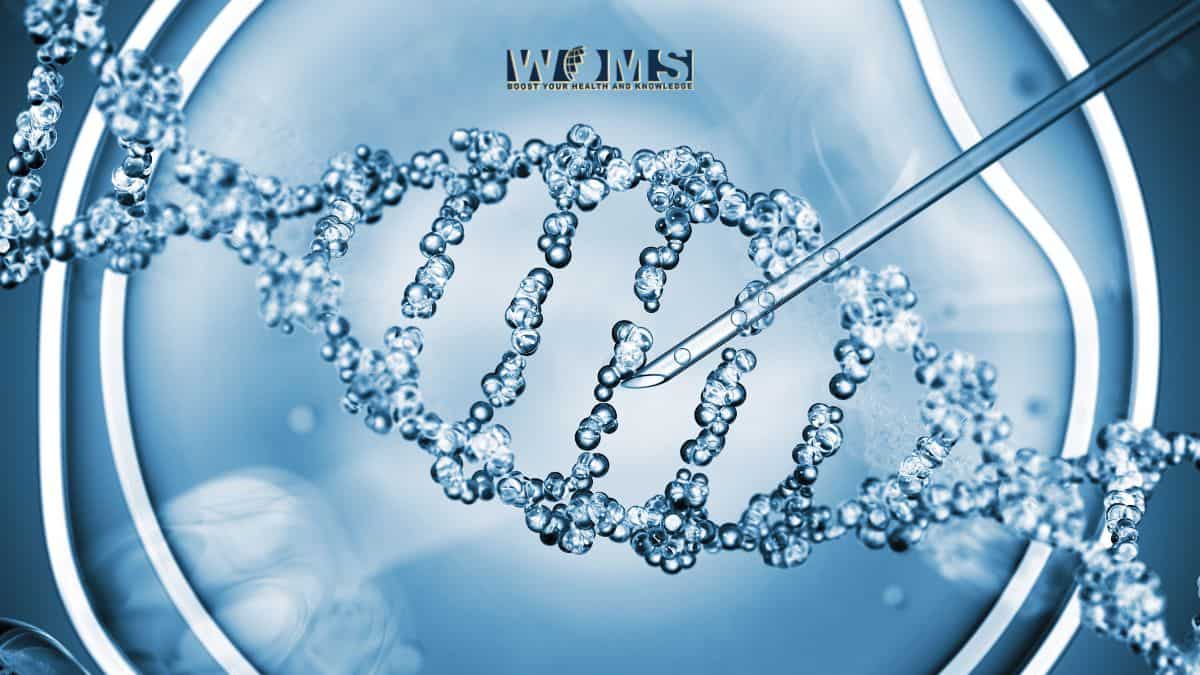The Genetic Education

Beginners in the world of genetic education and the terminology of the field will undoubtedly come across terms and phrases that they are unfamiliar with at first. It’s impossible to learn and remember everything, but there is a wealth of information available to help you grasp the terms and definitions of various aspects. Have you ever wondered, for example, what is rnase? What about dnase? What does exonuclease refer to? The questions may feel endless but fear not – help is out there! With a little bit of study, practise, and determination, you can confidently begin using the language of your peers and you begin your study of genetics. If your specific field of interest lies in the modification of DNA and enzymes, this breakdown of a few common terms will help you tremendously.
Breaking Down RNA
A ribonuclease, commonly shortened to RNase, is a type of nuclease that causes and speeds up the breakdown of RNA (ribonucleic acid) into smaller components. They are a superfamily of enzymes, responsible for catalyzing the degradation of RNA, and are found in all living cells and biological liquids. RNases are found everywhere though they cannot survive for long in an unprotected environment. Specifically, RNase has been found in parasites, fungi, plants, bacteria, and a range of different tissues taken from mammals. It is essential to various functions within the body, from affecting biological processes to clearing unused cellular RNA. If there is a deficiency in RNAses, or someone suffers from a mutation in the protein within the enzyme, it can prevent the body from reacting to several metabolic functions and result in a syndrome or disorder.
RNase in the Lab
When performing DNA extraction in the lab, RNA is one of the most common sources of contamination and proves to be very difficult to remove. However, by using ribonuclease, it makes the process a whole lot easier. You can use RNase to stick to the RNA contaminates and remove them, purifying the sample of DNA. By using the functions of this incredible aspect of nature, it makes the process of refining data within genetic research more straightforward. It’s amazing to note how other natural phenomena found within nature can enhance the study of it! Other functions of RNases in the lab include purifying plasmids, mapping the single-base mutations of DNA or RNA, and the preparation of plasmid and genomic DNA. However, RNases don’t always help in the lab – sometimes they can prove to be more of a hindrance. For example, in the extraction of RNA, RNases cause a big issue. While DNases are used to remove DNA (more on that later!), completely removing RNase is very complex. For this reason, RNA inhibitors are put in place to prevent the ribonuclease from starting the catalytic process. These inhibitors are in the form of bigger, acidic enzymes that stop the RNases in their tracks.
Breaking Down DNA
DNA is a term many are familiar with, yet even experienced scientists are yet to fully understand and comprehend it. Two chains of polynucleotide wrap around each other in the shape of a double helix. They provide the blueprints for the development, growth, and reproductions of all known organisms. Similar to RNase, deoxyribonuclease is a group of nuclease enzymes that break down DNA molecules by breaking down the bond between two nucleotides. There are two known groups of DNase: extracellular DNase is found outside organisms and is abundant in habitats like oceans, soil, and freshwater, white intracellular DNase is found inside the cell membranes of different organisms. It plays a role in various important cell functions, depending on the use of DNase inhibitors.
DNase in the Lab
DNases are known as the scissors of the lab, particularly in the development of treatment for severe diseases such as cystic fibrosis and other respiratory disorders. Depending on the purpose of the experiment, DNase can be used to perform a variety of functions. In laboratories, DNases can be used to do things like prepare DNA-free RNA and prepare and purify plasmids and label antibodies. The RNase-free DNase enzymes typically available for lab use are artificially designed and created for this specific purpose. They also require specific conditions in order to carry out the necessary functions in the lab, including things such as incubation temperature and buffer conditions.
The Key Ingredient – Exonuclease
Nucleases are something that the processes of breaking down DNA and RNA both have in common. They are a group of enzymes that carry out the process of hydrolysis of the bonds of both DNA and RNA. They do this by attaching the hydroxyl element of the bond and removing the phosphate group. DNases and RNases are examples of nucleases, and their characteristics depend on where their function takes place within the sequence. They are known as the molecular scissors of the laboratory and can be used in various fields of genetics, from engineering to cloning. They are found in both eukaryotic and prokaryotic cells and interestingly also within the venoms of certain lizards and snakes.
How to Utilise RNase and DNase
In order to use RNases and DNases in the lab, it’s essential to invest in the necessary equipment for the laboratory. This can be done in a variety of ways. You can choose to hire the equipment if the upfront cost is a little too high – this is a great option for upstart labs that will need to upgrade or exchange the equipment after a certain amount of time. However, if you have the funds to purchase equipment upfront, this will give you the flexibility you need to adapt any equipment you have to fit the needs of your lab and its research goals.
In summary, no genetic lab will function without the use of equipment that can put exonucleases like RNase and DNase to good work. With a simple understanding of what they are, you can become more familiar with the terms your colleagues use and make good decisions about how to use the lab budget in the purchase and hire of equipment.




